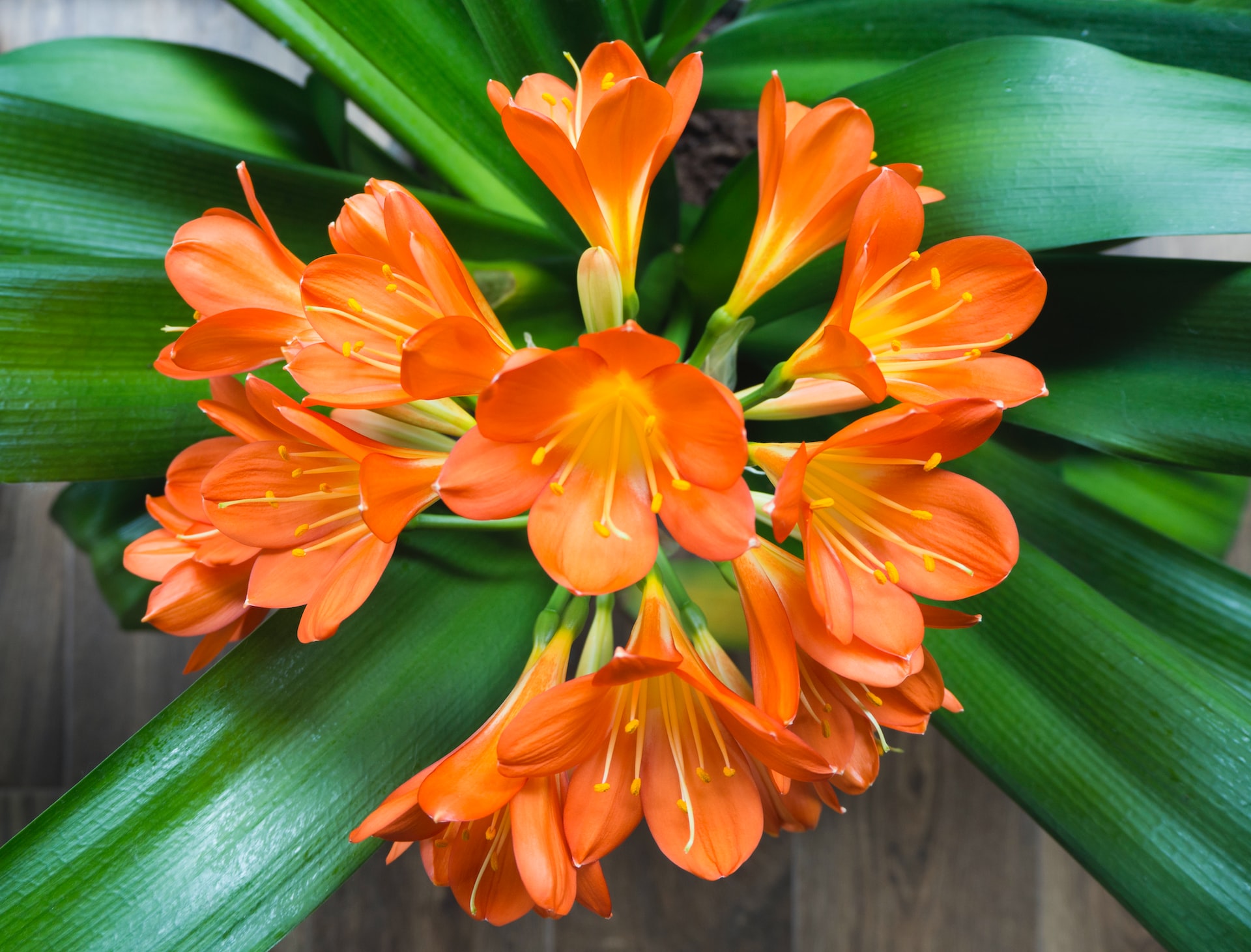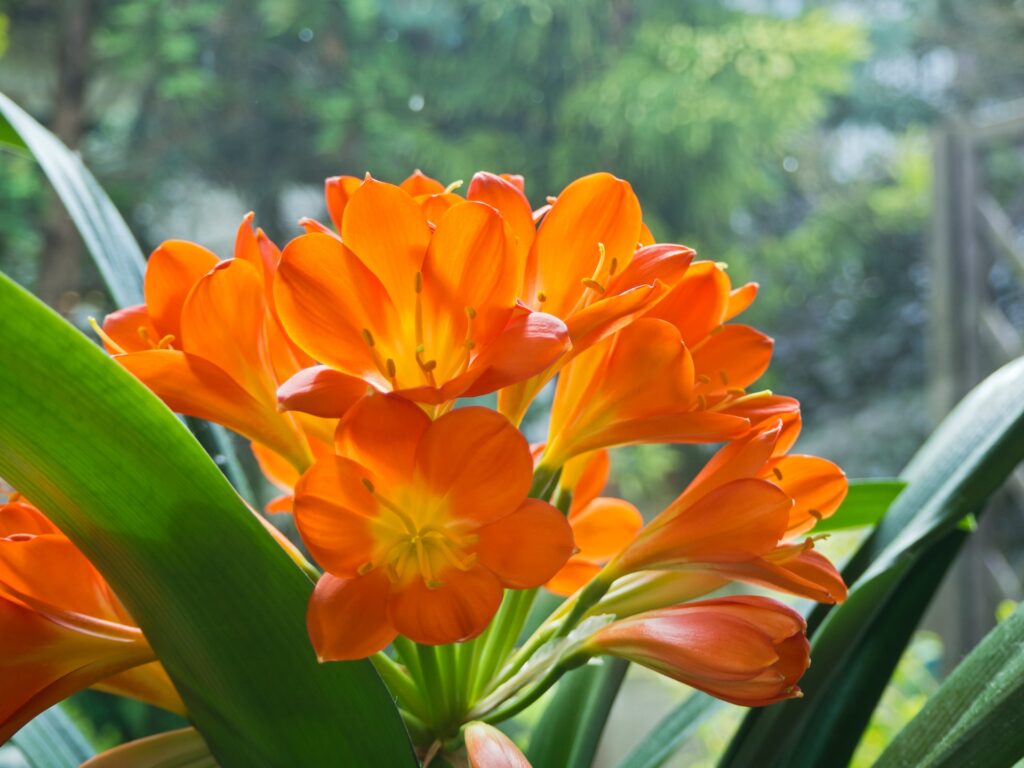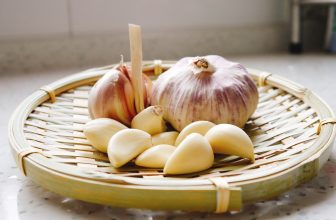
Clivia plants are easy-to-grow annuals that produce large clusters of white, pink, red, or purple blooms in late spring and early summer. The plant grows quickly and produces abundant seeds for propagation. Clivia plants are easy to grow and require little maintenance. They also have beautiful flowers. Read on to learn more about them, specially how to grow Clivias from seed!
Choose The Right Location For Your Planting Area
You will need to choose an area where you can easily access water and sunlight. If you live in a cold climate, make sure there is adequate heat as well. A sunny location with good air circulation is ideal.
If you are going to be using the space for gardening, it is important that you have enough room to store your tools and supplies. You should also consider how much light you want to provide for the plants. The more light they get, the better their growth rate will be.
When you’re planning on planting flowers or other vegetation, try to avoid putting them too close together. This can cause the roots of one plant to grow into another and create a tangled mess that will be difficult to untangle later.

If you want to have a garden with lots of color, then choose plants that bloom at different times throughout the year. If you are growing vegetables, consider choosing plants that mature at different stages so they don’t compete for nutrients. For example, if you plant tomatoes in early spring and lettuce in late summer, you will be able to harvest both crops simultaneously.
When planning your vegetable garden, remember that some plants grow best when planted close together while others do better spaced out. Some plants need more space than others, but it is important to make sure that all your plants get enough sunlight. You can also use trellises or fences to keep the vegetables growing up and away from other plants.
If you are planting a large vegetable garden, consider using raised beds instead of traditional soil. Raised beds allow for easier access to the soil and they provide better drainage. They also help prevent weeds from taking over your garden.
Prepare A Soil Bed That Is Rich And Moist
Start by preparing a soil bed that is rich and moist. This means adding organic matter such as composted manure or peat moss. It is also helpful to add some sand to help retain moisture.
Next, plant your seedlings in the ground. You can use a small pot with holes drilled in it for drainage if you want to start seeds indoors. If you are starting from seed, make sure they have enough light to germinate.
You will need to water your plants regularly until they begin to grow roots. Once this happens, you should be able to stop watering them for a few weeks and then start again when the weather turns cold.
If you have an indoor garden, make sure that it is well-lit. Plants require light in order to grow properly. If you do not provide enough light, your plants may look stunted or even die.
Water Your Clivia Plants Regularly
Once your clivia plants are established, water them regularly. You should do so at least once per week. If you live in an area with hot summers, you will need to water your clivia plants even more often than that.
The most important thing to remember when it comes to watering your clivia is that they need water frequently. If you don’t provide them with enough water, the roots will rot and die. It’s also very important to make sure that the soil around the base of the plant has good drainage.
Feed Them Once Or Twice Per Week
It’s recommended that you feed your clivia plants every two weeks. This helps keep your plant healthy and strong. However, if you notice any signs of stress, such as yellow leaves, then you should give your clivia plants extra attention.
If you have a clay or sandy soil, it is best to use the recommended amount of fertilizer. For heavy clay soils, apply 1/2 cup of 10-10-10 fertilizer per 100 square feet. For light clay soils, apply 1 cup of 10-10 fertilizer per 100 sq. ft.

Prune Your Clivia Plants When Necessary
You will need to prune your clivia plants when necessary. If you do not prune your clivia plant regularly, it will become weak and unhealthy.
Prune your clivia plant in early spring before new growth begins. You can use a sharp knife to remove any dead branches that are hanging over the ground. Remove all leaves on the bottom half of the plant so that water can drain freely. This will help prevent rot.
Prune your clivia plant in early spring before new growth begins. You can use a sharp knife to remove any dead branches that are hanging over the ground. Remove all leaves on the bottom half of the plant so that water can drain freely. This will help prevent rot.
When you prune a tree, it’s important to know how much of the trunk and branches are removed.
If you remove too much, the tree will have trouble growing back. If you don’t remove enough, the tree won’t be able to grow as tall or wide.
The best way to determine if your tree needs pruning is by looking at its growth. If the tree has been growing for a while, it’s probably time to get rid of some branches that are no longer needed.
If you’re not sure whether or not your tree needs pruning, call in an arborist who can give you advice on what will work best for your situation.







